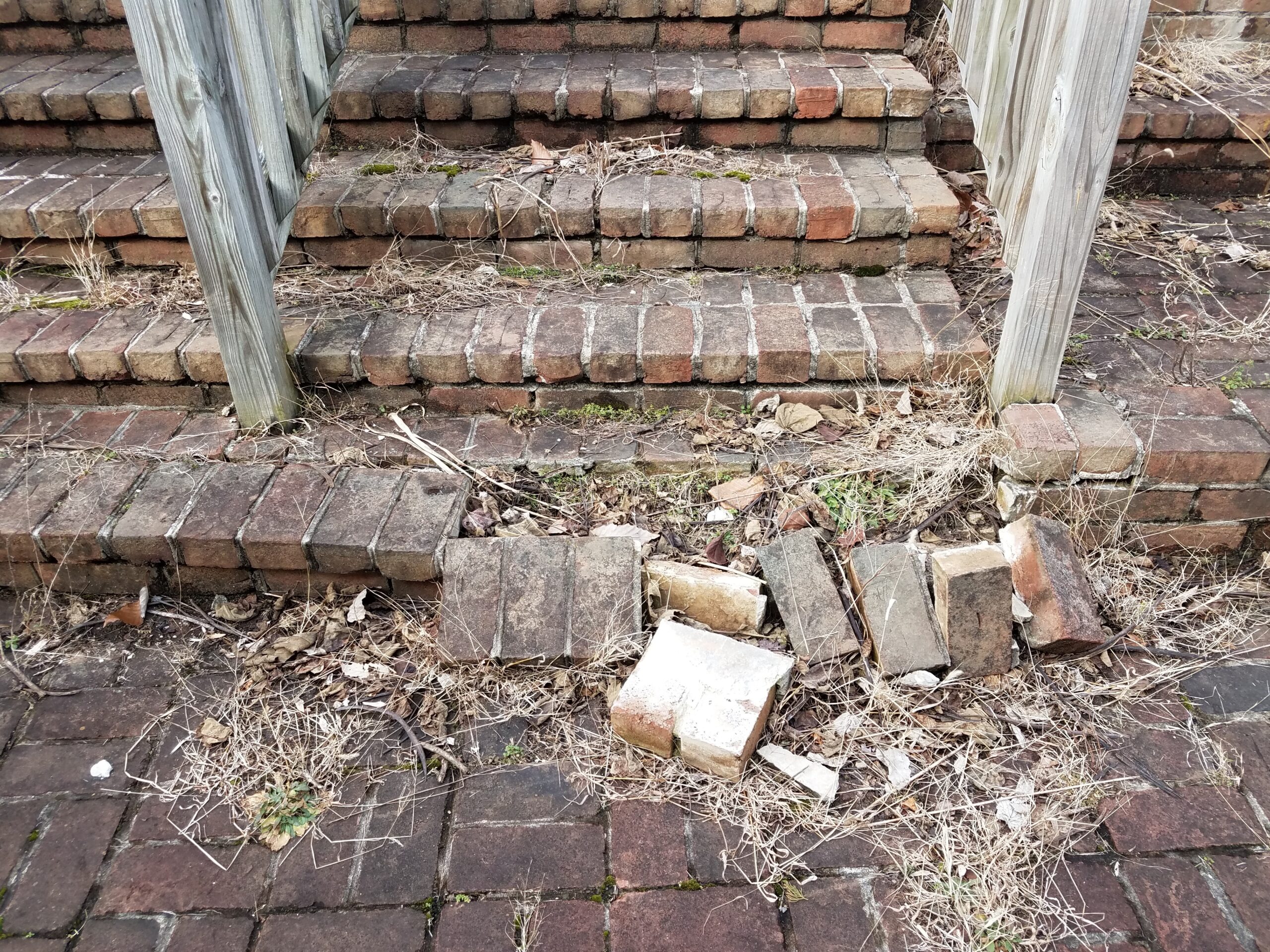Picture this: You have masonry steps that you’re proud of and look good. Everything is great. Now, years begin to pass, and time leaves some wear on the steps that once looked great, then more years drag the steps downward. At this point, the look and the functionality of the steps are almost lost.
Unfortunately, that situation is probably familiar to most of you reading this blog right now.
It can be aggravating and even dangerous. So, we’ll be showing you how to fix that problem for good. Whether you’re in your old home fixing the steps or you’re about to sell your house, and you want to get a good price, this is the article for you.
In the following paragraphs, we’ll look at the easiest way that we know of, and we’ll also look at a way that may be a little more labor-intensive but is still an option to consider.
Let’s look at the more labor-intensive side first…
Remove and Rebuild
I know, I know. You’re most likely hoping to avoid this, and I completely understand. However, it may be necessary to remove the stairs completely.
Here’s why: If your stairs have sunk over the years, the odds that the problem lies with the stairs themselves are basically nil.
Typically, stairs sinking is a result of a foundation problem. It could be that it doesn’t have the support required to carry that weight and keep it level. In that case, removing the stairs can give you access to the foundation and the ability to make repairs– hopefully preventing this from happening in the future.
After you’ve made your repairs, you can rebuild your staircase with peace of mind. You may be able to reuse your old set of stairs, which can save you a fair bit of trouble.
Next up, we have your middle-ground option. It’s doable. However, like the option presented above, it can take some effort on your part.
Jacking
There are two ways to accomplish jacking– we’ll call them side A and side B. Let’s start by looking at side A, shall we?
A. This process is accomplished by pumping a dense mixture of sand, cement and a few other additives under the stairs, thus raising it. Again, your stairs could be sinking because of the foundation, AKA poorly compacted soil under the stairs, sub-surface erosion or even shrinking soils. This has the chance to fix all of that.
Simply drill holes into the stairs until you reach the cavity or void underneath. Then, using some connectors and your mixture, you can begin pumping it into the holes and raise the stairs.
Okay, now, let’s look at the other side.
B. Instead of drilling holes in this process, we’ll be digging them. You can start by digging two holes on both sides of your staircase, creating enough room to fit in a jack on each side, as well as the extra height created by two small slabs of wood.
Once you have that done, place one slab of wood under the stairs, then the jack on top. That will keep it from sinking into the soil. Next, place your second slab on top of the jack, between it and the underside of the stairs– repeat those steps on each side.
Tip: You can also insert blocks of wood on either side of the jack to provide a little extra support.
If you have everything in place, you can begin lifting, side to side, until it’s raised to the height it was originally intended to be at.
Finally, you want to ensure that it doesn’t sink back down. Take some cinder blocks, gravel and perhaps another concrete slab to fill the gaps underneath the stairs. Then you’re done and ready to enjoy your staircase at the proper height.
The Easiest Way To Fix Your Staircase
Hire some professionals. The fact is that, while it may be possible for you to raise your staircase, the odds that it’ll last if done incorrectly are very slim– not to mention the whole process is borderline back-breaking.
Do yourself and your stairs a favor and contact Ray Arnold Masonry today for all your masonry needs.

